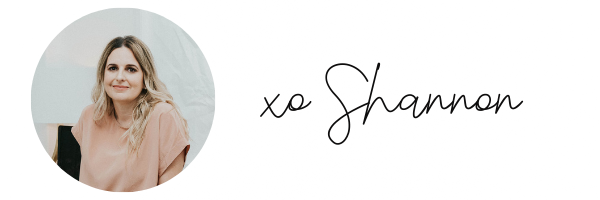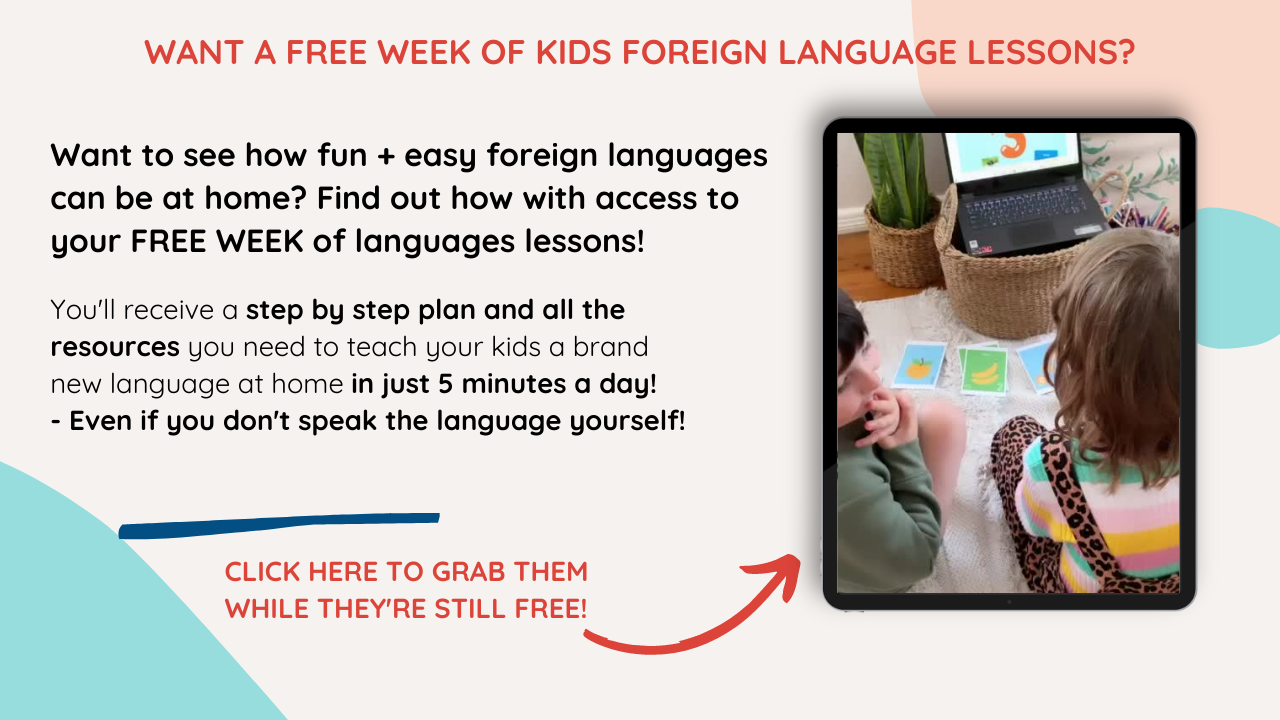How To Set A Language Fluency Goal For Your Child + A Plan To Reach It
Do you have a specific bilingual language goal for your child?
I’m mean, moving beyond the “I want my child to learn a second language” idea.
You can start there, for sure, but as a goal, it's a little too vague.
Getting really clear on what you want to achieve - the level of language fluency you ultimately want for your child - is super important because;
- you’ll know the outcome you’re aiming for and
- how much time you’ll need to dedicate to get there
I’d love to walk you through some tips on creating goals for your child’s language learning journey to help set you and your kids up for success!
The 2 Types Of Language Goals
- The Big Vision Goal
This is the level of fluency you’d love to see your child reach in the long run.
Setting a big vision goal will give you an idea of how much language exposure your child will need and the work you’ll have to put in to get there.
That last part is super important, mama.
If you want your child to be completely fluent, it’s obviously going to mean a bigger commitment in time and effort.
Starting on this journey with realistic expectations about what can be achieved in what time frame will minimise disappointment and frustration you may feel along the way.
That icky ‘I’m totally failing at this language teaching stuff!’ feeling is something I talk about here... because you know what, we ALL feel like that at some point.
If you’re juggling a million things (because #momlife) and at this stage aren’t able to realistically spend more than X number of hours each week teaching your child, make sure your goal is in line with the time.
You also need to consider your own level of competency with the language and the resources available to you.

Will you have access to tutors, a nanny or relative who is a native speaker? Or will you be teaching the kids yourself with the help of resources?
Here are a few general ideas of what level of fluency you might aim for -
- Passive Bilingual: When your child hears the language, they are able to understand it and can speak some words and simple phrases in the language.
- Active Bilingual: They understand and speak the language, but don’t necessarily read or write it.
- Literate Bilingual: They understand, speak fluently, read and write in a second language.
- Smaller Progress Goals
These are the smaller daily or weekly goals to keep you on track for The Big Vision goal, like reading a bedtime story in Spanish twice a week or a 10 minute French video lesson each morning.
The bottom line? Set goals that inspire you and your child to do your best, but that are also realistic and achievable with the time and resources available to you.
Create A Basic (And Flexible!) Plan To Reach Each Goal
I’m totally emphasising the basic and flexible point here...don’t overwhelm yourself!
Break the goals down into smaller chunks. Let’s say for the first month of starting a new language, you might focus on using flashcards and introduce 3 new words at a time.

In the second month, you might up the ante and add a short video lesson a few times a week.
Or if your child is a toddler, choose a daily routine to focus on introducing the first words. Say you choose the bath time routine, you could begin with worlds like bath, towel, soap, etc.
Then you could move along to the dinner time routine, and so on.
We want to set ourselves up for success, not frustration, and a big part of that maintaining flexibility.
Ok, so Tuesday night was supposed reading bedtime stories in Spanish, but this week it just didn’t happen. Don’t stress, there’s plenty more Tuesday nights on the horizon!
What Learning Tools / Experiences Will You Use?
There are so many great tools out there to teach your child a new language - even for mamas who don’t speak a word of it themselves
- Flashcards
Flashcards... how I love thee, let me count thy ways!
Seriously though, picture and word flashcards proved to a super effective tool for me to teach my kids new languages. Kids are visual learners so the pictures will help them learn new words faster.

Toys for learning through play
Toys are a great way to help your child learn a new language through unstructured play. Some toy recommendations to get you started include; Duplo, Schliech Animals, and Grimm’s Blocks.
Play based lessons are a major part of our Cultured Kid lessons that parents receive every single week - you won’t be stuck for ideas on how to engage your kids through play.
Video learning
Video learning is great for non-native parents who want to expose their child to a more fluent example of the language and accent. Kids can absorb the language while watching fun visuals or cartoon characters involved in adventures.

Reading
If the goal is for your child to read and write in a second language, they will need to be exposed to written materials all the time. This can begin starting at preschool level and move along with their primary language reading and learning.
Immersion programs
For mamas who want to make the new language stick as quickly as possible, enrolling your child in an immersion program is definitely an option. Your child will spend a large portion of their day, or all of it, learning their new language in a natural way with native speakers.
Home based learning programs
Joining a language learning program is a huge help if you aren’t sure where to start, are a non-native speaker or just want to be part of a community of other mamas on the same journey!
Our Languages For Kids membership gives you access to The Cultured Home. This super practical program has been designed specifically to help non-natives speakers teach their kids the language.
The program includes:
- Immersive Topical Language Videos
- Phonetic Topical Flashcards
- Read Aloud Books
- Curated Language Song Playlists
- Interactive Games
- Play-based Lessons Plan designed to Provide a 30 Minute Lesson and
- Age-Appropriate Language Activity Sheets.

Our weekly lessons makes it easy to fit lessons into your week at home at your own pace and gives you a structure / guide to work with.
I’d love to know what the language goal is for your child and how you’re progressing towards it - leave me a note in the comments!

✨ Psst... When you're ready, here are a few ways I can help you get started with teaching your kids a foreign language at home...
1. Download my free 10 Page Guide for Parents to help you see how easy introducing a foreign language at home can be - especially if you don't speak the language at all.
2. Want a plan to run consistent language lessons that are fun and easy?
Access your first week of play based foreign language lessons for FREE here, all that's left is to select your language + start today!
3. Looking for a 12 month, step-by-step plan and play based resources to help you introduce a language to your little ones with EASE? Quit scrolling on Pinterest and Join our 12 Month Annual Lesson Bundles to get everything you need to started and KEEP GOING!
GRAB OUR FREE 'KIDS LANGUAGES MADE EASY' GUIDE
FOR NON-NATIVE PARENTS!
Discover how you can run consistent language lessons, that are fun and engaging and help your kids make the progress they deserve!
Even if you're not fluent!
We hate SPAM. We will never sell your information, for any reason.









